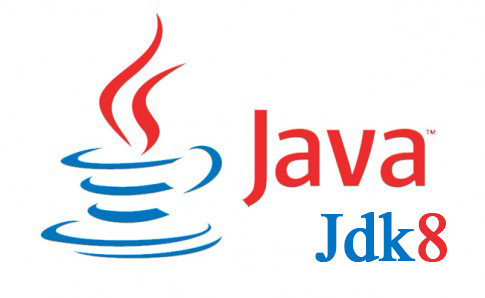Download Java Jdk For Android Sdk

Topics:
Nov 05, 2019 8/10 (58 votes) - Download Java JDK Free. Java JDK 8 is the development kit and environment to create Java applications and applets capable of running in a browser regardless of the platform. Nowadays, Java is one of the most popular programming languages on the web. Initially developed by Sun. From this wikipedia entry. The JDK is a subset of what is loosely defined as a software development kit (SDK) in the general sense. In the descriptions which accompany their recent releases for Java SE, EE, and ME, Sun acknowledge that under their terminology, the JDK forms the subset of the SDK which is responsible for the writing and running of Java programs.
Nov 29, 2017 Configure Android SDK for Unity How to set up Unity for Android development? How to download and install JDK, set Android SDK PATH and other Android stuff on Windows? Here you have step by step receipt to download & start Android development environment for Unity. 1 minute read. Jun 07, 2019 Installing the Android SDK. When you visit the site to download the Android SDK they try to get you to download the full Android Studio, but you don’t need all of that. If you scroll to the bottom, you will see the “Command line tools only” downloads. One note, the downloads listed on the site no longer include the GUI SDK Manager.
Terms and Conditions This is the Android Software Development Kit License Agreement 1. Introduction 1.1 The Android Software Development Kit (referred to in the License Agreement as the 'SDK' and specifically including the Android system files, packaged APIs, and Google APIs add-ons) is licensed to you subject to the terms of the License Agreement. Nov 29, 2017 If you want to develop for Android you will need to install Java and set environment variables. Open the Oracle website and download newest JDK. On the next view choose your version (Windows?): Then click through Java installer.

You must have the Android SDK and developer tools to test and debug mobile applications for Android.
Go to the Android SDK download page at
http://developer.android.com/sdk/index.html.Scroll to the bottom of the page and expand GET THE SDK FOR AN EXISTING IDE.
Click Download the stand-alone Android SDK Tools for Windows.
Agree to the terms and conditions.
Click Download the SDK Tools for Windows, and then click Save File.
Save and then run
installer_rversion-windows.exeto start the Android SDK Tools Setup wizard.On the Welcome page, click Next.
After the wizard detects where the Java SE Development Kit is installed, click Next.
On the Choose Users page, select whether to install for anyone using the computer or just yourself, and then click Next Download apk apps for rooted android.
On the Choose Install Location page, enter the destination folder, such as
C:Androidandroid-sdk, and then click Next.Make a note of where you installed the files. You will need this information when you configure JDeveloper 11.1.2.4 in Task 3, 'Configure Oracle ADF Mobile for the Android Platform'.
On the Choose a Start Menu folder page, select the Start Menu folder or select Do not create shortcuts, and then click Install.
After the installation completes, click Next.
Ensure that Start SDK Manager is selected, and then click Finish.
You use the manager in the next task to install additional packages.
Download Java Sdk 1.7
Because the emulator in later versions requires more memory and is slower, use Android 4.2.2 (API 17) to develop and test the Business Card Scanner mobile application. In addition to the Android 4.2.2 SDK platform and ARM EABI v7a system image, you must also install the Android Support Library, Google Cloud Messaging for Android Library, and Google USB Driver. Use the Android SDK Manager to select and install the packages.
Download Java Jdk For Android Sdk Free
If the Android SDK manager isn't open, complete one of the following steps:
From the Start menu, find and select SDK Manager.
Go to the folder that you installed the Android SDK in, such as
C:Androidandroid-sdk, and then double-clickSDK Manager.exe.You might need to run this executable file as an administrator. To do so, right click
SDK Manager.exeand select Run as Administrator.
The Android SDK Manager might take several seconds to start.
In the Packages section shown in the following figure, expand Tools.
Description of the illustration android-mgr-pkgs-tools.pngIn the Tools section, select the most current revision of the following, if they aren't already installed:
Android SDK Tools
Android SDK Platform-tools
Android SDK Build-tools
Select Android SDK Build-tools for revision 17 (in addition to the Android SDK Build-tools for the most current version).
Expand Android 4.2.2 (API 17), and then select the following packages:
SDK Platform
ARM EABI v7a System Image
Select Obsolete to include obsolete packages in the list as shown in the following figure:
Description of the illustration android-mgr-pkgs-ex.pngExpand Extras, and then select the following packages:
Android Support Library
Google Cloud Messaging for Android Library (Obsolete)
Google USB Driver
Click Install Packages.
Accept the license, and then click Install.
Close the manager.



